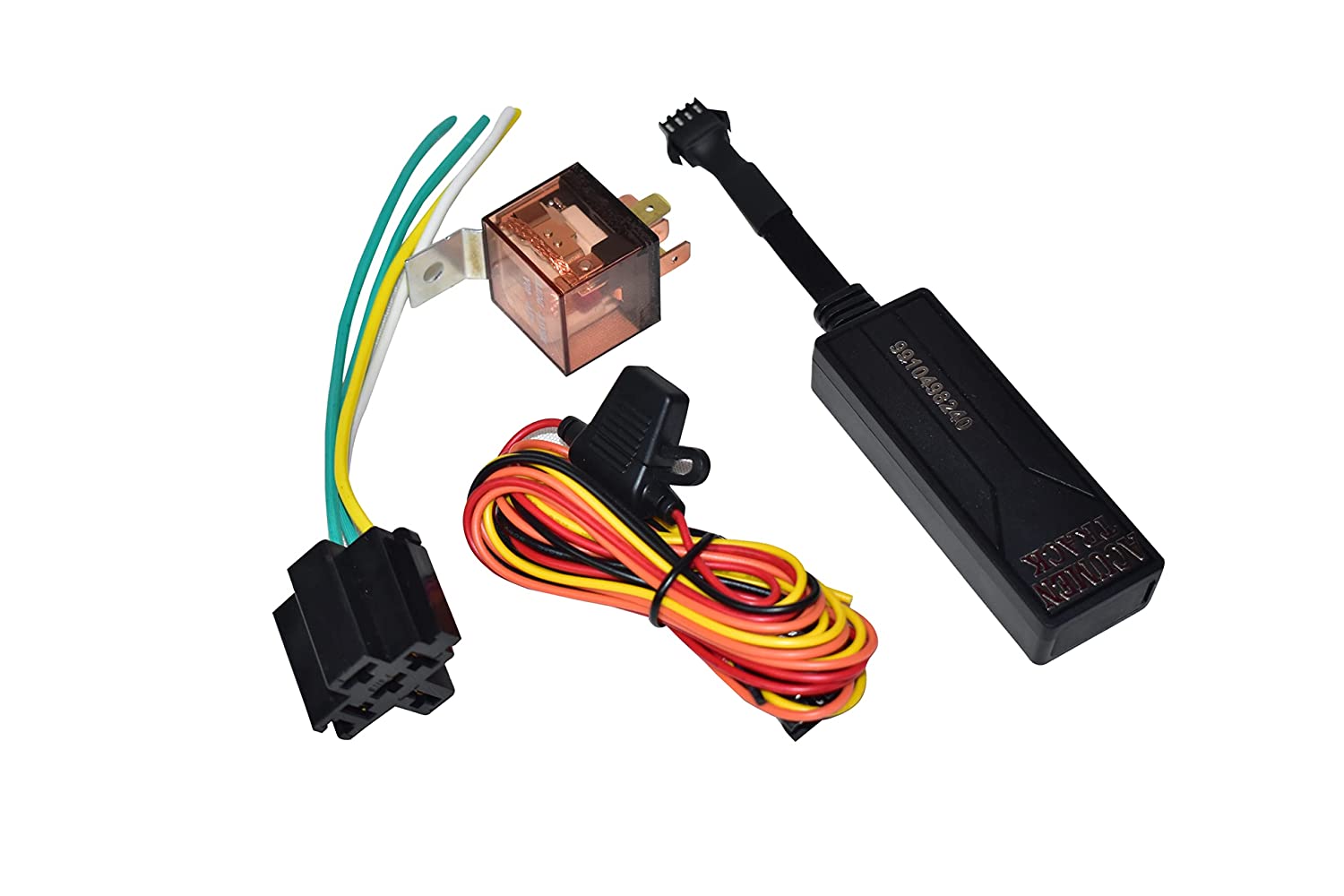
GPS Tracking & Telematics
GPS tracking is used to determine the location of a vehicle or asset in real-time using GPS technology. This information is transmitted to a central system, which can then be used to monitor the vehicle's movements and location. GPS tracking can be used for a variety of purposes, including fleet management, asset tracking, and personal tracking.
Telematics, on the other hand, involves the collection and transmission of data from a variety of sensors and other devices on a vehicle or asset. This data can include information on the vehicle's speed, fuel consumption, engine performance, and more. Telematics data can be used to improve vehicle maintenance, monitor driver behavior, and optimize fleet operations.
There are various types of GPS tracking devices available in the market.
- Personal GPS trackers - these are small devices that can be attached to a person's clothing or carried in a bag or purse. They are popular among parents who want to keep track of their children's location or elderly people who may wander off and get lost.
- Vehicle GPS trackers - these devices are installed in vehicles and are commonly used by fleet managers to track the location and movement of their vehicles. They can also be used by individuals who want to keep tabs on the whereabouts of their car or motorcycle.
- Asset trackers - these devices are designed to track the location of valuable assets such as cargo, equipment, or high-value items. They are commonly used in logistics and transportation industries.
Benifits of GPS
Benefits of GPS tracking devices include increased security, improved efficiency, and reduced operating costs. They also help to improve customer service by providing accurate and timely information about the location of assets.


